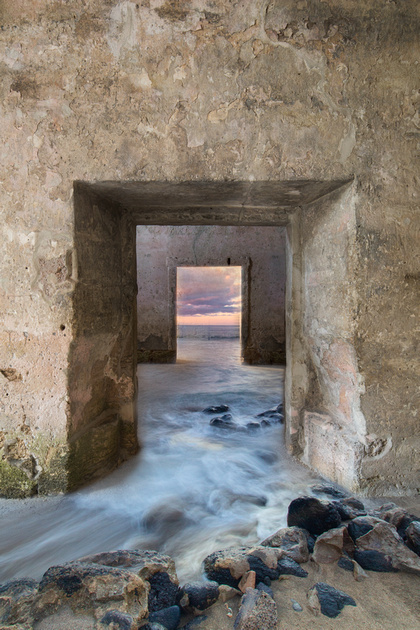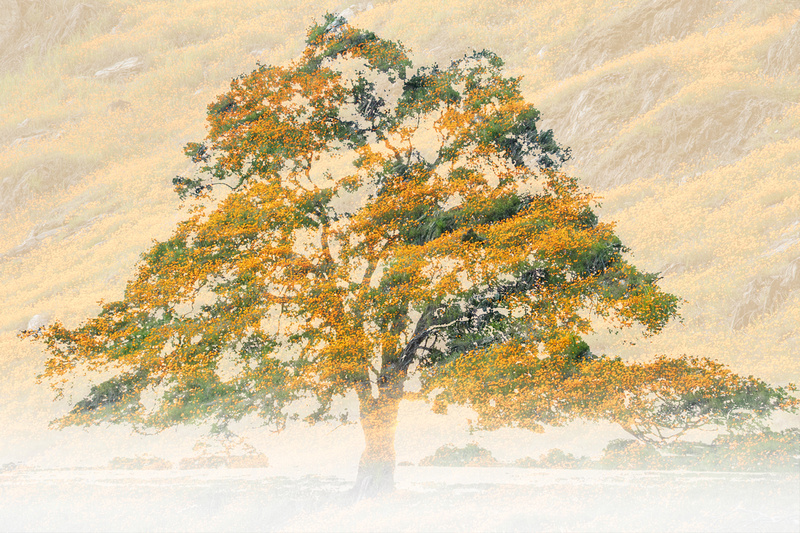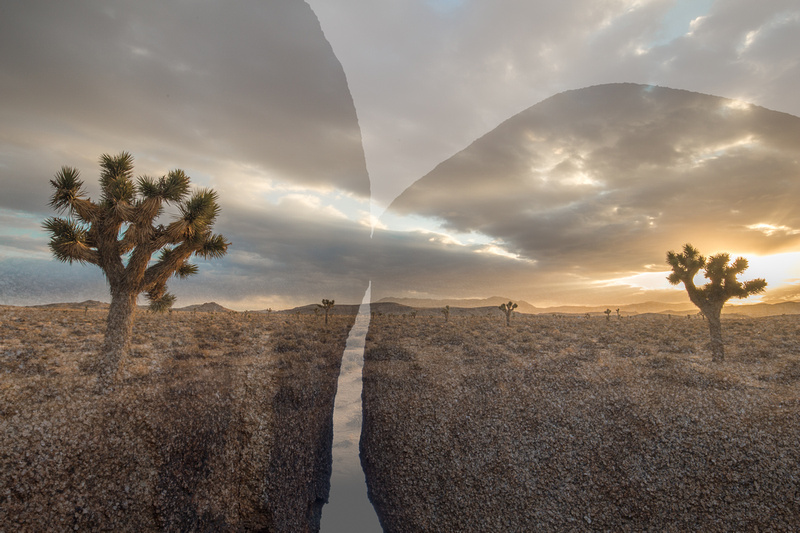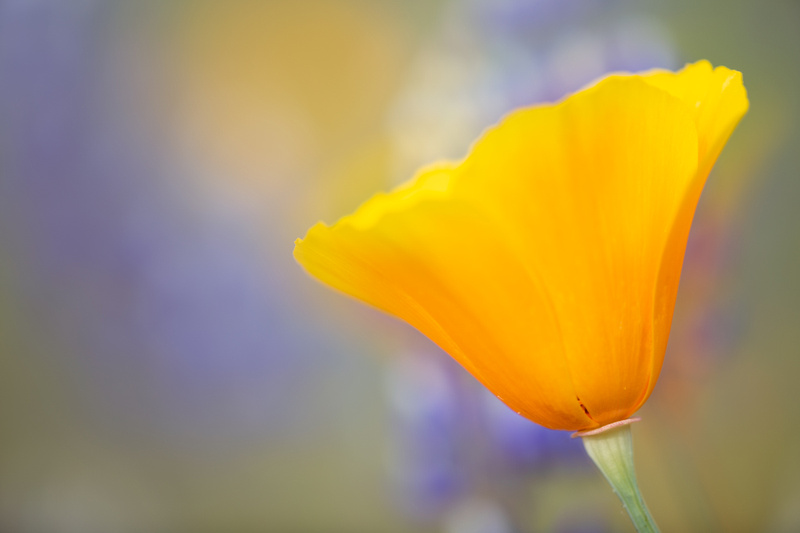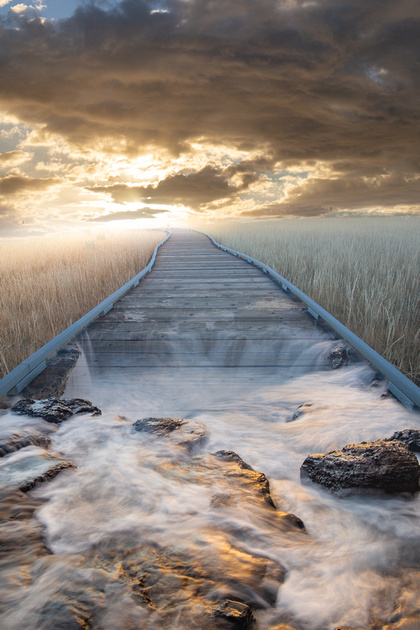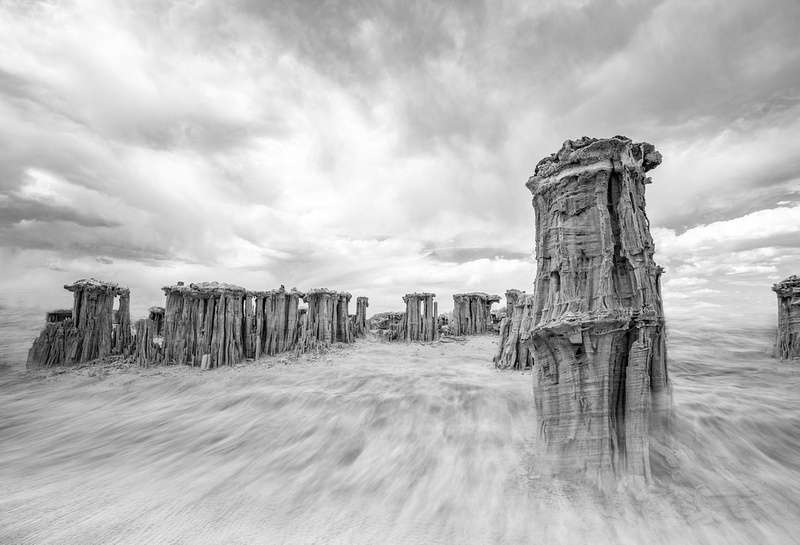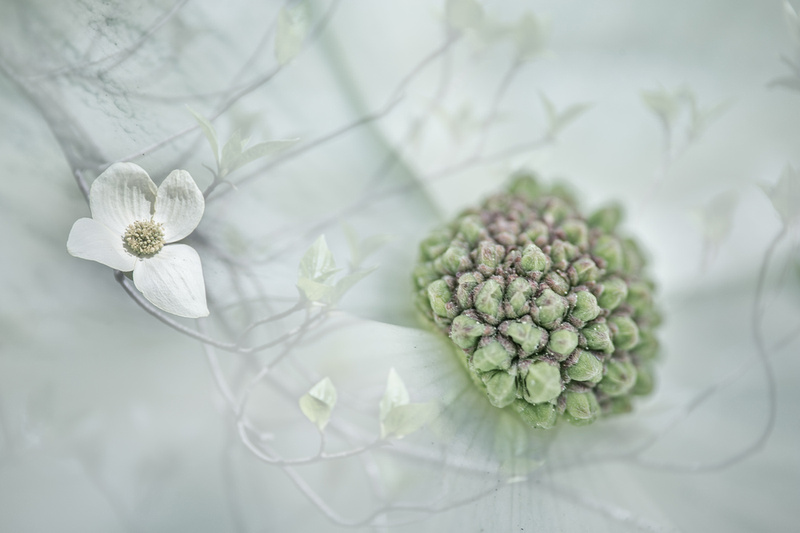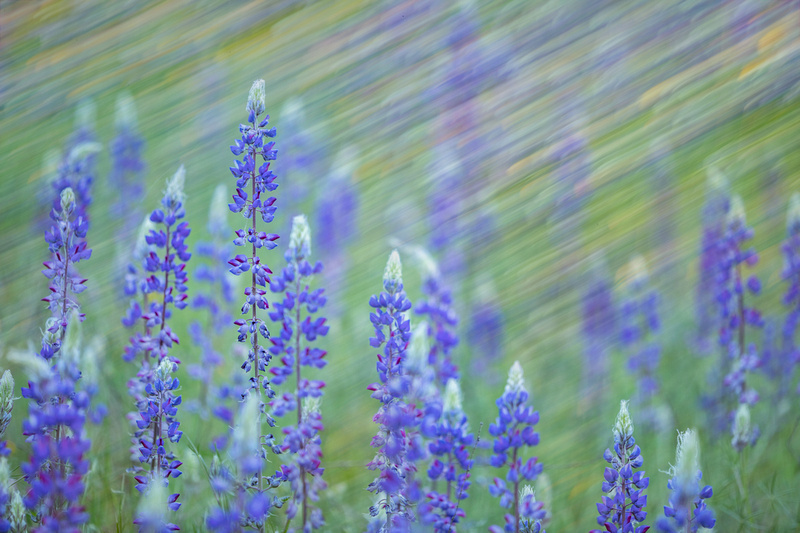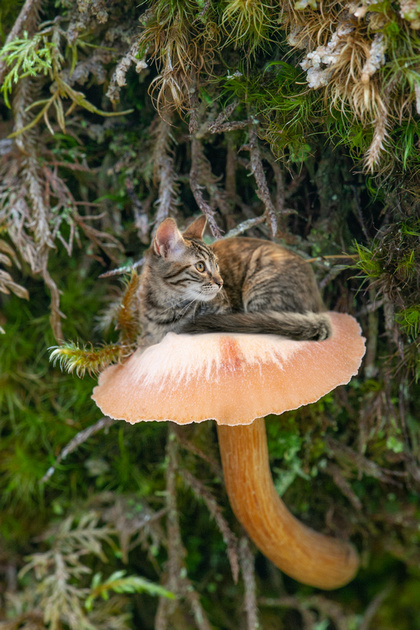Double exposures
Part of the fun of photography is the ability to experiment with different tools, techniques, and styles, like multiple exposures.
Note: Hover over any photo for caption and additional information.
Multiple Exposure Defined
- Multiple exposure photography layers two or more different exposures, combining the photographs into one.
- Multiple exposure are a good way to convey symbolism.
- Multiple exposures often combine a portrait with a different scene.
There are two ways you can create multiple exposures, in camera or post process.
In Camera
Each camera manufacturer has different steps to accomplish this (refer to your owners manual), but these are the basic steps:
- Determine what images you want to capture to create the multiple exposure.
- Take the first photo, or select image that is already on the memory card.
- Take the second photo.
- The camera will merge the two images into one and adjust exposure for you.
- Cameras will often retain the two images as individual images as well.
Post Process (Photoshop)
- Open both images in Photoshop.
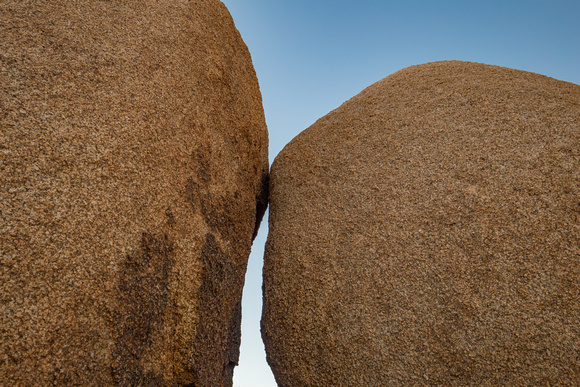 
|
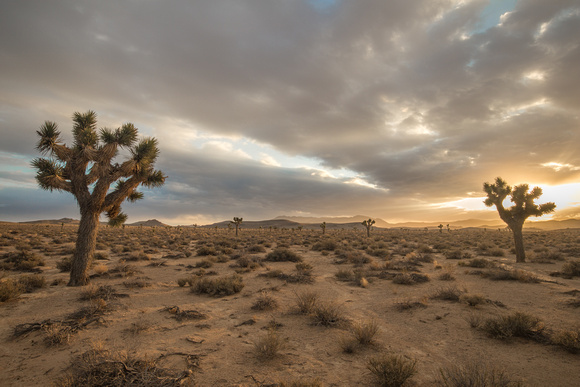 
|
- Use the pen tool, selection wand, or tool of choice to create a selection from the subject.
- Create a layer mask to hide the background.
- Add the second image as a new layer.
- If it is not the same size, resize to fit.
- Choose "Screen" for blend mode.
- This will layer the two images and create the multi-exposure effect.
- You can resize and move the second image around if needed, to create the desired composition.
- You can stop here or make additional adjustments to create the style you are looking for.
Multiple Exposure Ideas
- Blend two photos of the same subject.
- Merge images in an unexpected way.
- Try converting image to a monochromatic color or black and white to create a more seamless effect.
- Incorporate negative space from one of the images when layering.
- Use multiple exposures to show movement. This cam be subjects moving through or within the frame.
I hope this post and images have given you some idea for creating your own multiple exposure works of art. Whatever you, don't forget to have fun with it!
I saved the best for last.
Keywords:
california,
coast,
creative,
desert,
dogwood,
double,
exposure,
history,
in camera,
joshua tree,
landscape,
lupine,
mono lake,
motion,
movement,
multiple,
mushroom,
nature,
oak tree,
photography,
poppies,
post process,
sunrise,
sunset,
wildflowers,
yosemite
Comments
Delise(non-registered)
Love all of these! The cat one, especially!!
No comments posted.
Loading...
© Cline Photography
